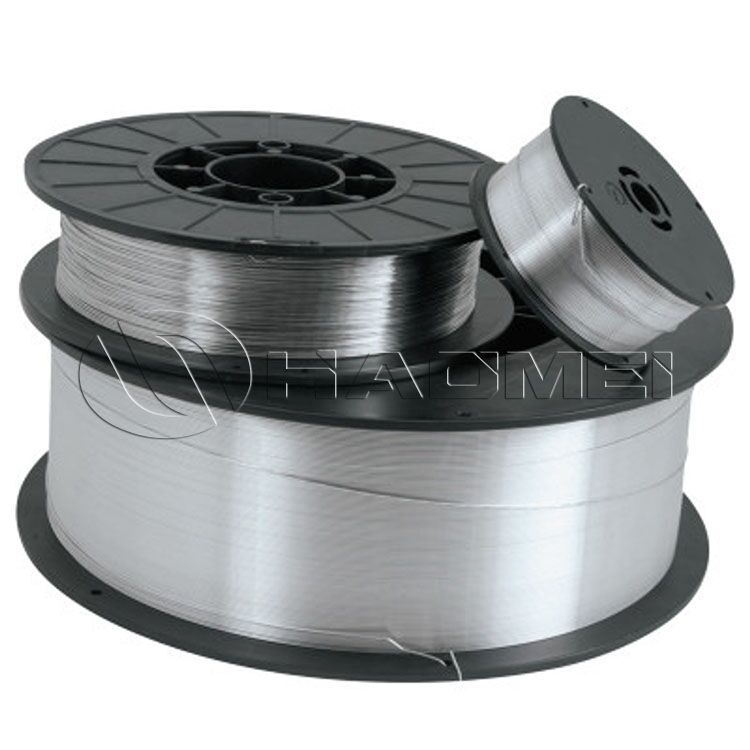What Is Marine Grade Aluminum Welding Wire
Marine grade aluminum welding wire is used for welding filler metal in ship construction or as a conductive metal wire such as gas shielded welding wire, etc. It is used as a filler metal or as a conductive wire welding material. In gas welding and gas tungsten arc welding, the welding wire is used as a filler metal; in submerged arc welding, electroslag welding and other gas tungsten arc welding, the welding wire is both a filler metal and a conductive electrode. The surface of the welding wire is not coated with anti-oxidation flux.
Commonly used aluminum welding wires on ships include 5356 and 5183 aluminum-magnesium welding wire. When talking about aluminum-magnesium welding wire, 90% of them refer to the er 5356, because 5356 aluminum-magnesium welding wire is so common and often used in various industries.

After magnesium (5XXX series) is added to aluminum, magnesium has excellent weldability, has less strength loss and is not prone to hot cracking. In fact, the 5XXX series is the strongest of all non-heat treatable alloys. However, aluminum-magnesium welding wire is not only divided into two models: 5356 and 5183, but also includes 5A06, 5B06, 5556, 5554, 5087, etc.
Aluminium 5356: Al-Mg welding wire is designed for welding 5XXX series alloys, a general-purpose filler alloy used under conditions that do not require 40Ksi (276Mpa) tensile strength. It has good color matching after anodizing.
Aluminum 5183: It is used for welding with high magnesium content and high tensile strength. If the tensile strength is required to be 40Ksi (276Mpa) or higher, it can be used for 5083 and 5654 base materials. Typical applications are marine and cryogenic industries, or higher strength aluminum building structures.
The following issues should be paid attention to when selecting aluminum alloy welding wire:
1. Crack sensitivity of welded joints
The direct factor affecting crack sensitivity is the matching of the base metal and the welding wire. Choosing a weld metal with a lower melting temperature than the base metal can reduce the crack sensitivity of the weld metal and heat-affected zone. For example, when welding 6061 alloy with a silicon content of 0.6%, the crack sensitivity is very high if the same alloy is used as the weld.
However, when using ER4043 welding wire with a silicon content of 5%, its melting temperature is lower than that of the 6061 alloy and it has higher plasticity during the cooling process, so it has good crack resistance. In addition, the weld metal should avoid the combination of magnesium and copper because Al-Mg-Cu has a high crack sensitivity.
2. Mechanical properties of welded joints
Industrial pure aluminum has the lowest strength, 4000 series aluminum alloys are in the middle, and 5000 series aluminum alloys have the highest strength. That’s why er 5356 welding wire is used in the shipbuilding. Although aluminum-silicon welding wire has high crack resistance, silicon-containing welding wire has poor plasticity, so for joints that require plastic deformation after welding, silicon-containing welding wire should be avoided.
3. Performance of welded joints
In addition to the composition of the base metal, the choice of filler metal is also related to the geometry of the joint, the corrosion resistance requirements during operation, and the appearance requirements of the weldment. For example, welded containers that store hydrogen peroxide require high-purity aluminum alloys in order to make the container have good corrosion resistance or prevent it from being contaminated by the stored products. In this case, the filler metal must be at least as pure as the original metal.
Original Source:https://www.marinealu.com/a/what-is-marine-grade-aluminum-welding-wire.html
Tags: aluminum welding wire ,